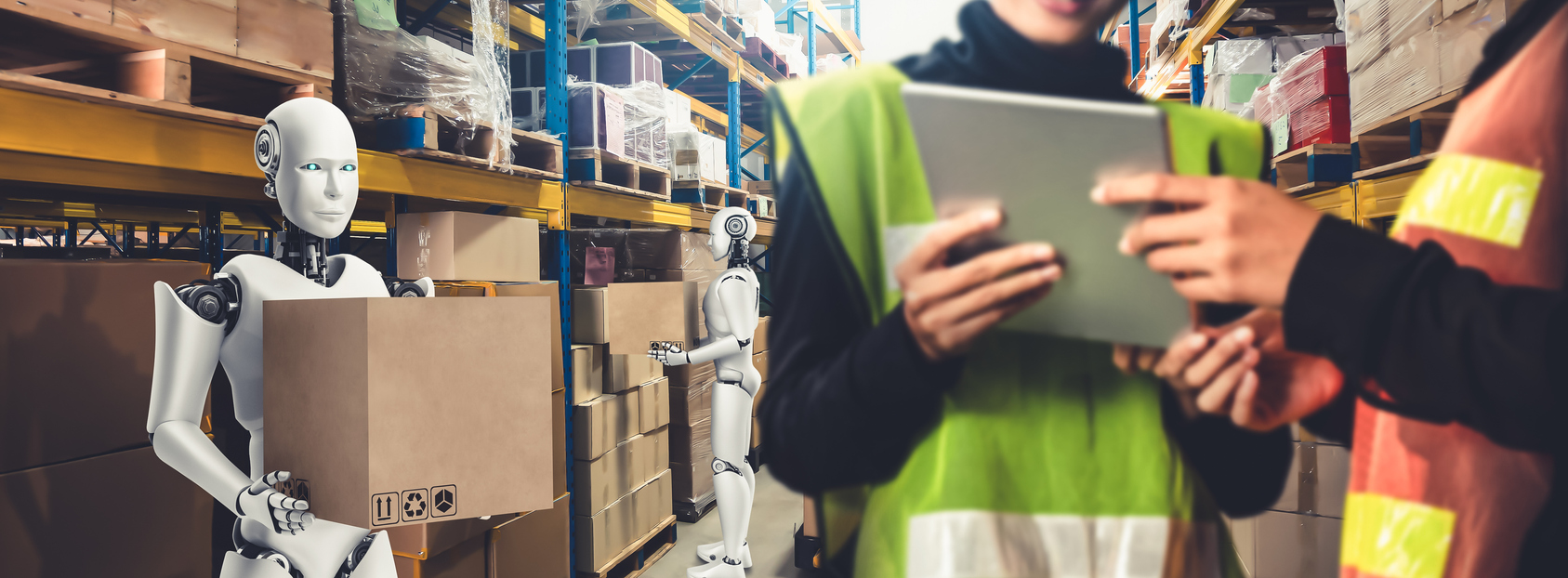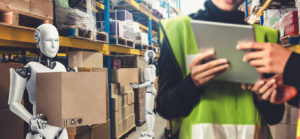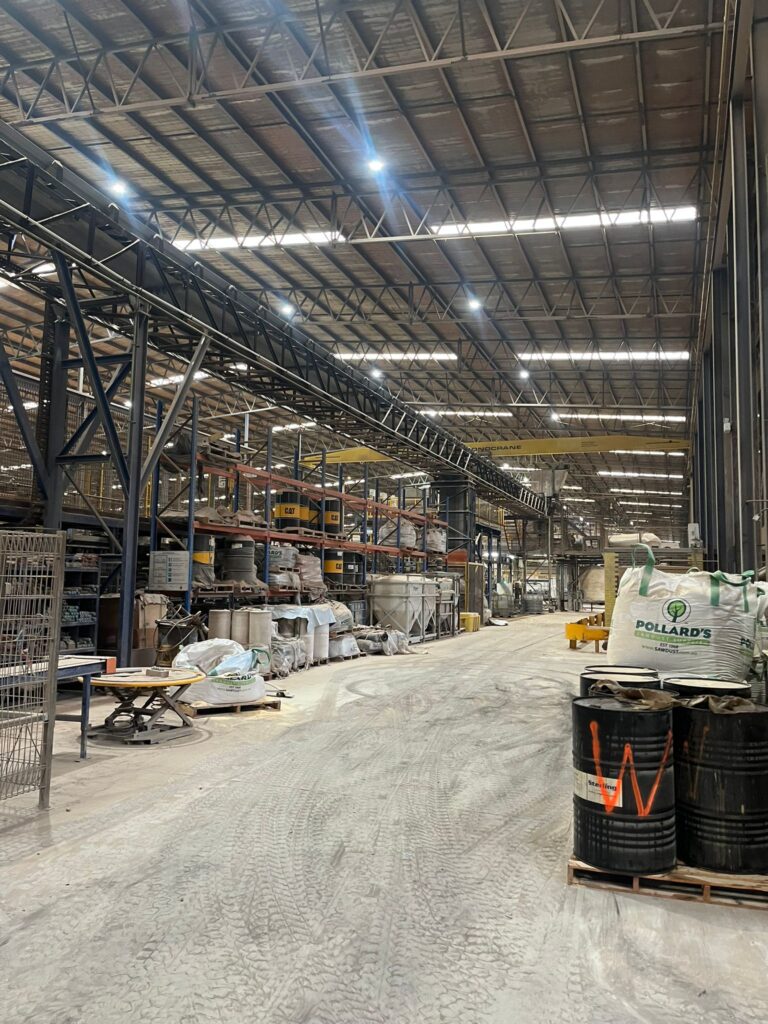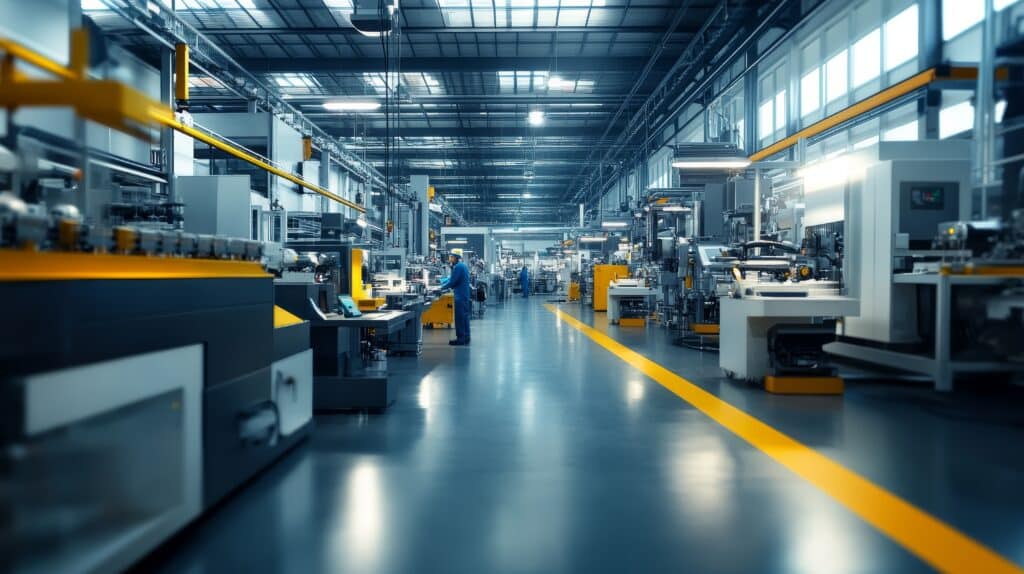Recent research shows that many companies are deploying AI-driven tools to processes and decisions, especially in areas like planning and forecasting.
Little wonder – the speed at which planning decisions need to be made is outpacing human capabilities to react. The volume of variables and inputs, coupled with the usual big business shocks plus the need for speed, all create a perfect storm!
Planning needs a reboot, and many companies are conducting exploratory projects that examine and redefine how decisions are made and executed. They are starting to realise that the barriers between strategic, tactical, and operational planning must be smashed. It’s no longer about being more agile in how you plan. Instead, it’s – do you have the ability to make decisions at the moment with artificial intelligence informing humans, and vice versa?
Can you keep up?
The future looks like this – a collection of technologies will provide automated decision-making, replacing most human actions eliminating bias and speeding up response times. Augmented decision-making will be guided by humans but run by machines, supported by better supply chain insights, predictions, and recommendations from the platform.
It’s not a case of if; it’s a case of when. The pace of change towards a new way of working will frustrate us; it will not feel quick enough. Even in some more mature use case areas like forecasting, it will take many months to progress from human to machine ways of working and augmented decision-making. And it probably won’t be before the end of the decade that most organisations achieve seamless automated decision making. But those that get there fast will have a massive operational advantage, a competitive edge that will dwarf the impact previous supply chain developments made.
Goodbye APS, at least in its current form. Hello to future layers of intelligent technology
APS functionality needs to be re-applied as part of a new ‘Cognitive Orchestration Platform’: a collection of systems and technologies that plan, track, and execute everything in the supply chain. Such platforms will orchestrate everything; they will have end to end visibility, and they will execute everything from beginning to end, including last-mile delivery. And they will achieve this through layers of technology.
- The Orchestration layer – the brain makes decisions and tells the other specialist layers what to do.
- The Visibility layer, the eyes – which track and have visibility of everything that is happening in the supply chain so decisions can be made in the moment
- The Execution layer – the hands which interact with all the systems like TMS, MES, WMS and extend right through to last-mile delivery
Machines + humans = speed, flexibility and accuracy. Meet Sophia.
Let’s add some human intelligence to the equation and see how things ramp up a step further. Meet Sophia. Sophia is the plant director for a drone manufacturing plant and a pioneer in building a Cognitive Orchestration Platform.
One morning Sophia receives a notification on her tablet that some propeller blades from China have delivery date problems due to a faulty manufacturing process. Sophia is also automatically notified that other sourcing options are being explored automatically.
Automatically new sources are found, Sophia is asked to approve, and then a new plan is generated, PO’s raised, etc.
Sophia is then quickly advised that if the regular delivery route for this supplier is used, the propellor blades may still not arrive on time. But a new routing solution has been adopted to ensure the parts arrive on time.
Throughout the delivery lead-time, Sophia has complete end-to-end visibility tracking of the container in which the propellor blades are, and the blades were loaded into the container last so they could eventually be offloaded first.
Once the shipment arrives at the port of arrival, Sophia can see that the container is being transported to the nearest logistics park, and it is offloaded first as it was loaded last at the port of departure because the scheduling functionality new about the priority.
At the logistics park, the propellor blades are also offloaded first from the container because the scheduling system knew about the priority and then shipped to the plant.
Sophia then, via the voice-enabled interface, asks how many parts are now in stock and ready for production, and gets the answer immediately, and is also informed that the next shipment has already been arranged and based on the predicted usage, it will arrive on time. This supplier remains the source until the main suppliers’ issues have been resolved.
It’s pretty cool, isn’t it? All of this happening from beginning to end with just a few touchpoints from Sophia, but mostly it’s machine to machine, all driven by core technology like:
- Self-learning supply planning to search for alternative solutions and plan the action automatically
- Use of an optimization engine with ETA and Pathfinder capabilities to automatically find and execute alternative delivery solutions
- Predictive analytics to determine likely usage rates
- Natural language processing for quick and easy communication with users and end customers
This is our bright future. Be first to hit accelerate!







